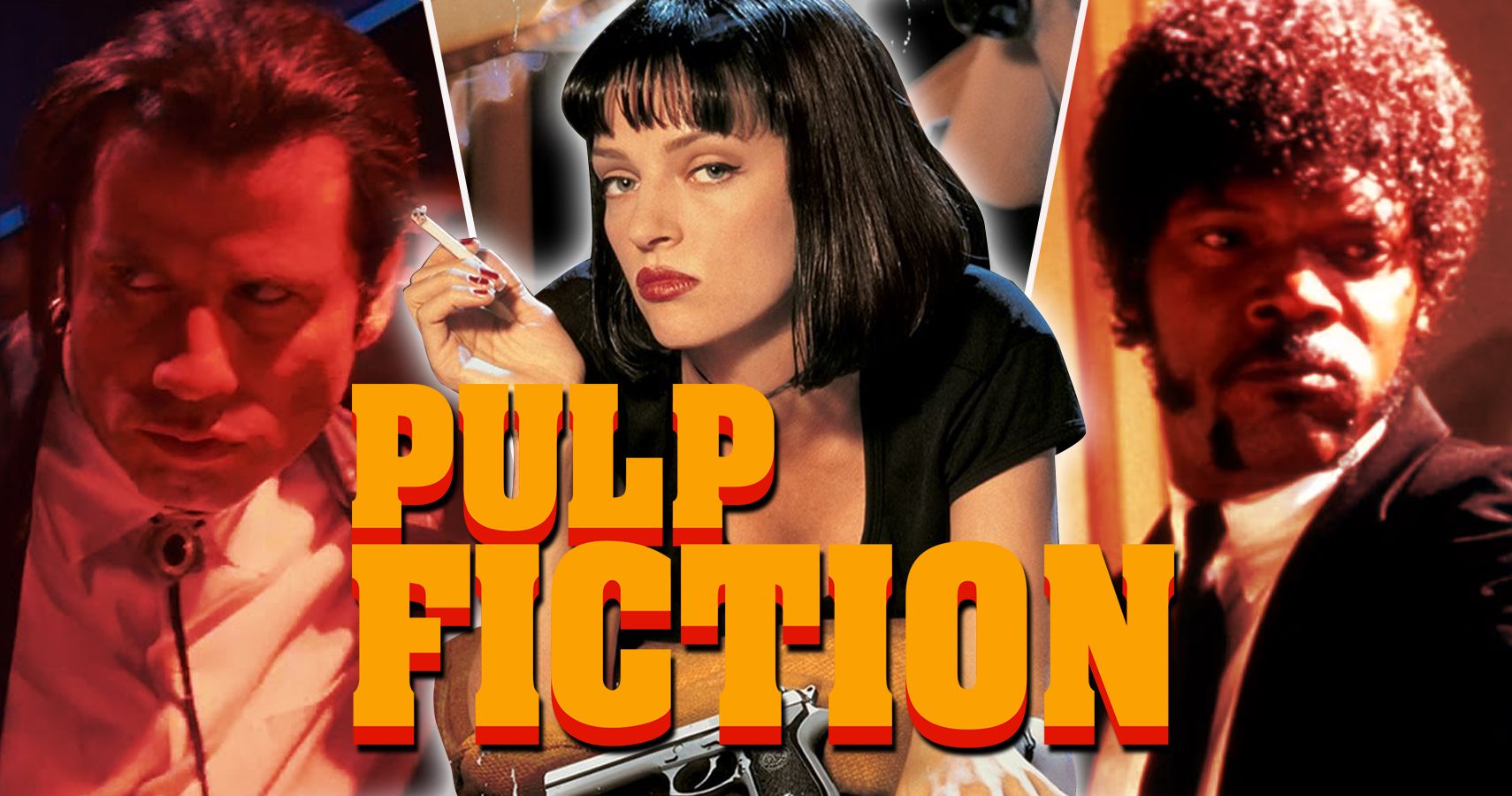
Quentin Tarantinos Masterpiece A Look at the Visual and Auditory Language of Pulp Fiction
Quentin Tarantino’s 1994 film "Pulp Fiction" remains a landmark in cinematic history, renowned for its non-linear storytelling, rich character development, and distinctive visual and auditory language. The film's ability to weave multiple narratives into a cohesive whole makes it a masterclass in filmmaking. Tarantino's unique style, characterized by a blend of violence, humor, and references to pop culture, captures audiences' attention while posing deeper questions about morality and fate. One cannot fully appreciate this film without examining the intricate details that contribute to its acclaim, particularly the visual and auditory elements that stand as pivotal components of its storytelling.
The Visual Language of Pulp Fiction
The visual language of "Pulp Fiction" utilizes vibrant cinematography, eclectic framing, and meticulous attention to detail. Tarantino, alongside his cinematographer, Andrzej Sekuła, employs an array of techniques that enhance the film's narrative. The use of bold colors, especially the striking yellow jumpsuits worn by Uma Thurman's character, Mia Wallace, creates a visual identity that is instantly recognizable. Scenes are often composed with a sense of symmetry and balance that guides the viewer’s eye to significant details, creating a rich tapestry that speaks volumes without needing dialogue. This deliberate visual planning not only sets a tone of heightened reality but reinforces character dynamics within the storyline.
The Power of Sound and Music
Sound design and music play equally crucial roles in establishing the film's unique atmosphere. Tarantino is known for his eclectic choice of soundtracks, which range from surf-rock to soul, each selection resonating with the characters' emotions and actions. In "Pulp Fiction," the iconic "Misirlou" by Dick Dale opens the film with a frenetic energy, effectively setting the stage for the chaotic world viewers are about to enter. The integration of music within scenes amplifies tension, whilst diegetic sound—like the clinking of glasses or the hum of background conversations—grounds the film in reality, making the extraordinary events feel plausible. Tarantino's relationship with sound not only provides entertainment but elevates the narrative, inundating audiences with nostalgia and excitement.
The Interplay of Dialogue and Silence
Dialogue in "Pulp Fiction" stands out for its wit and eloquence. Tarantino's punchy, quotable lines resonate with viewers while revealing character depth and motivations in unexpected ways. Conversations range from mundane discussions about food to philosophical debates about morality, often subverting expectations. Additionally, silence plays a vital role. Moments of stillness and quiet anticipation underscore significant character decisions or imminent action, enhancing the emotional stakes. This careful balance of dialogue and silence allows for a richer understanding of characters, inviting viewers to engage thoughtfully with the narrative.
Pulp Fiction shop: Celebrating Tarantino's Legacy
The cultural impact of "Pulp Fiction" has spawned various tributes and memorabilia, including dedicated "Pulp Fiction shops" that celebrate Tarantino’s unique vision. These shops offer a variety of merchandise, from collectibles to clothing inspired by the film's iconic characters and scenes. Visiting a Pulp Fiction shop provides fans a chance to immerse themselves in the film's legacy, connecting them to the artistry behind it. Such spaces not only serve to honor the film but also foster a community of fans who appreciate the intricate details and craftsmanship that make "Pulp Fiction" an enduring masterpiece. Through these shops, the spirit of Tarantino's work continues to inspire new generations of filmmakers and enthusiasts alike.









